Product marketers always aim to focus on the voice of customers.
Customer-centricity is at the heart of every strategy and tactic in the product marketing toolkit, and there’s much written about how to do better market research, get in front of buyers and users, and strategies and tactics to build pain-centric messaging.
However, not all customers and prospects are created equal. There’s that recent deal the sales team was thrilled to land, but who got stuck in onboarding.
Or the supposedly high-fit customer who failed to renew and went with a niche competitor with half your product's features. Not to mention the prospects who clog up the funnel and never leap from marketing lead to an open opportunity with sales.
We need to stop talking about being customer-obsessed and instead hone in on the Ideal Customer Profile (ICP) – the hypothetical, best-fit business that will get the most value out of the product as it is today.
I love messaging maestro Emma Stratton’s explanation of “A+ customer” because, let’s be honest, there are a fair few B-, D+, and even E and F customers and prospects out there too that are simply not going to be a good match for the value your company provides.
If you haven’t already crunched the data and gathered qualitative insights to build out your ICP, check out this comprehensive step-by-step guide from Yael Davidowitz-Neu, but if you’ve got an ICP and are thinking “What now?”, this article will give suggestions for how to make your hard work resonate across your business.
Once more, for the people in the back
You have a snazzy PDF in company branding breaking down the clear technographic, demographic, and behavioral characteristics of your ICP. Now it’s time to shout loud and proud.
Uploading the file to your sales Slack channel and linking to your internal asset management library is not enough.
Roadshows with smaller teams are a great way to share and drive discussion, but I’d argue that showcasing your ICP findings merits a slot at a quarterly sales planning session, business reviews, or a company-wide town hall.
It’ll give people time to ask questions, understand the nuance between an ICP and a buyer persona, and dig into the details of focusing on bullseye customers rather than the entire backbook.
Even better?
If your company has an internal learning and development platform, create a short course running through the details of your ICP, which is invaluable for new joiners, and make it a part of an onboarding pack.
Once everyone is as familiar as you are with the finer points of your ICP, job done!
Take it on the chin
While everyone can agree that focus is a good thing - both in terms of resources and budget spent - you should anticipate some questions and challenges about your ICP.
Focusing on the highest fit customers gives your product or service the greatest chance of profitability, product adoption, and overall product market fit (PMF).
Honing in on the best fit buyers and users for product input during the Discovery stages, running willingness-to-pay research, and gathering feedback will yield optimal results.
Product teams may question the rationale for limiting feedback, but it’s about refinement, not restriction.
By building for an ICP, you can focus on those who are most likely to adopt, renew, and grow, there’s a halo effect for a wider range of customers and maximum return on investment for limited product and engineering resources.
Sales will also challenge that their pipeline and target account list look broader than the hyper specificity found in an ICP. Showcasing how an ICP helps with prioritization, sales qualification, and forecasting will help an ICP to be more relatable and make better-informed decisions about resources.
For marketing, an ICP is a shortcut to focus and efficiency for acquisition. Having an ICP to point to saves time on creative briefs by getting to the nitty-gritty of who you want to target, and it means you can get specific in messaging about buyer pains and goals.
It gives the ability to A/B test campaigns by having clear criteria for targeting and segmentation.
There will still be vertical specific campaigns, aspirational brand creative work, and thought leadership pieces to win new segments beyond the ICP, but when budgets are tight, an ICP will help hone in on the safe bets and experiments to run, rather than a scattergun approach going wide instead of deep.
Customer success teams are often split by spend, with the largest and most complex accounts taking up the most energy and time from the team and driving up the cost to serve.
While any business will always want to invest in protecting customers with high lifetime value, an ICP still helps with managing customer engagement.
For example, while it is standard to invite large accounts to have exclusive first access to roadmaps and 1:1 relationships with the C-suite through events and customer advisory boards.
Having a clear picture of an ICP will help with finding customer stories for advocacy and referral campaigns and knowing which customers to invite to provide product feedback.
What’s more, having an ICP gives you shared terminology when talking about best fit customers across teams and breaks down silos between teams.
If you can measure it, you can manage it
You’ll notice I call out that an ICP should be a hypothetical business, separate from your target prospects list, longest-term loyal customers, top users, or top advocates.
At the same time, that doesn’t mean that some of your existing customers and prospects aren’t great examples of your ICP, just that product marketers should build with data and research first, rather than building an ICP by deconstructing a brand that you already have in mind.
The whole point of an ICP is that it should be repeatable, specific, and give you enough to differentiate between high fit, medium fit, and poor fit customers.
One potential tactic here is to build an ICP scorecard, which could be used to assign customers a potential score.
What goes into this scorecard will depend on the technographic, demographic, and behavioral characteristics in your ICP, but it could include details like your top verticals, typical champion in sales cycles, and motivations for choosing a solution like yours.
It’s a great exercise to apply to prospects in your pipeline, existing customers throughout the customer lifecycle, and recently churned or lost deals to see if there are any lessons learned that can be brought back to product, marketing, and sales teams.
Never one and done
Depending on sales cycles, contract length, and typical product usage, you will want to refresh your ICP every few quarters to keep it recent and relevant.
Having fresh data across the pre-sales funnel, win rates, churn data, and upsell stats will all feed into a bang-up-to-the-minute snapshot of your ICP.
Other times to iterate are when there are significant shifts in market data, such as emerging competitor threats, or internal updates such as a major new product launch that changes your right to win with specific customer types.
Occasionally, there are bigger business shifts, such as new geographic expansions or acquisitions and mergers that change your stance in the market.
Either way, having a clear picture of the customers most likely to get value from your current product capabilities will be a stepping stone in the right direction in all these scenarios and turn your great analysis and groundwork into a living, breathing product marketing artifact that is tangible for teams across your business





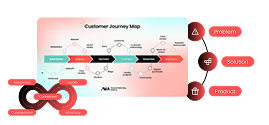




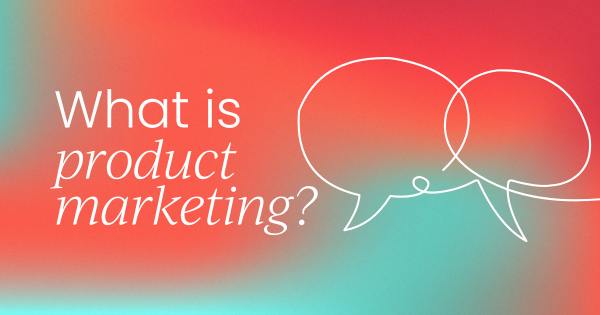


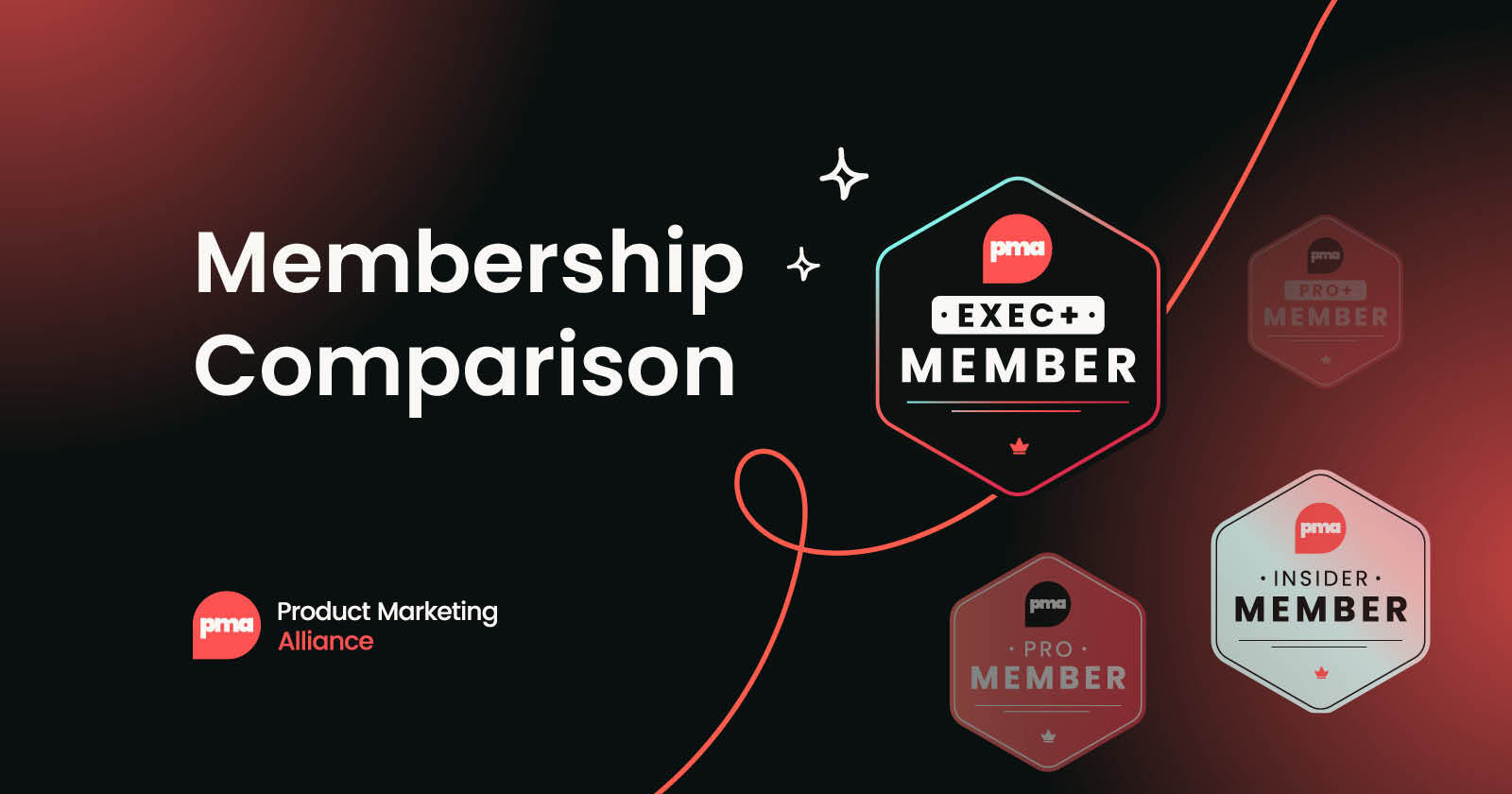
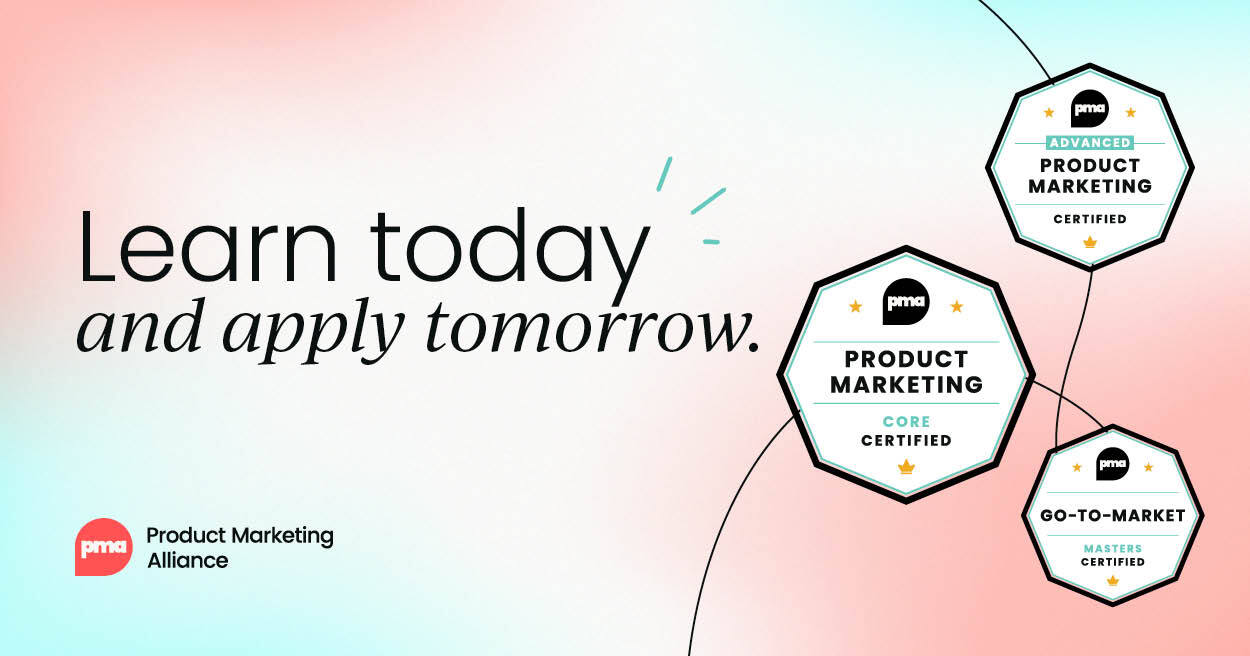

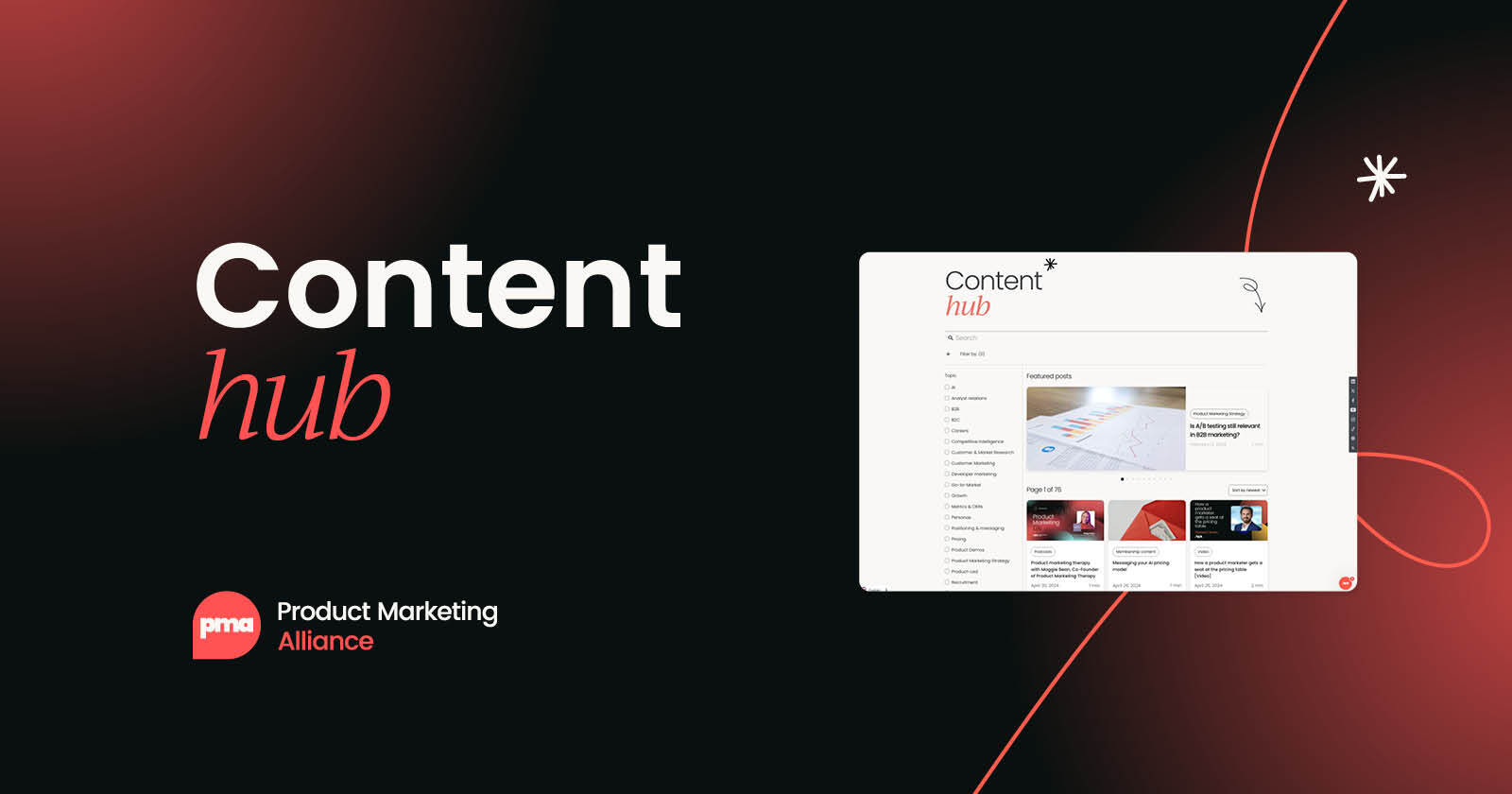

 Follow us on LinkedIn
Follow us on LinkedIn



.svg?v=85af970283)